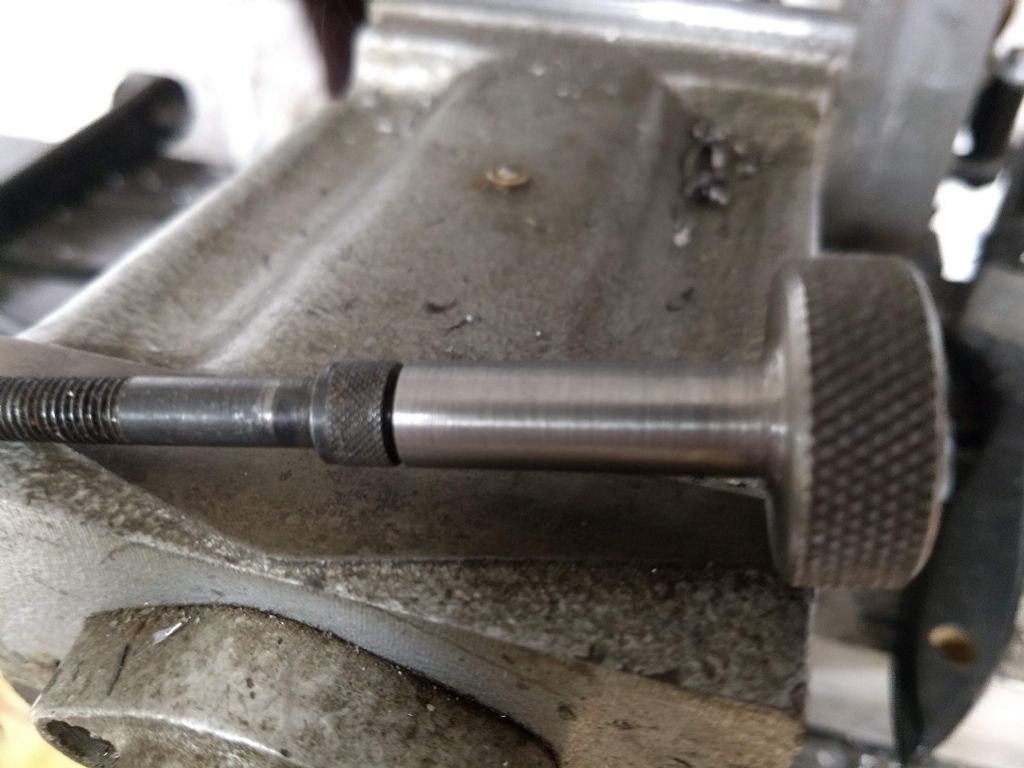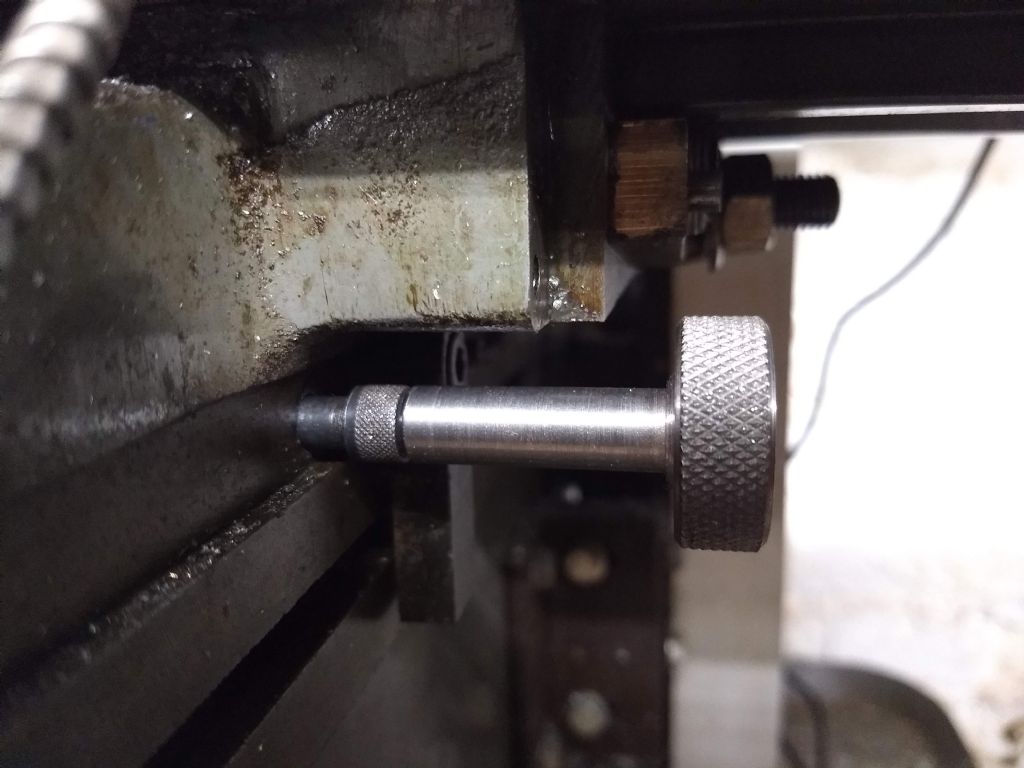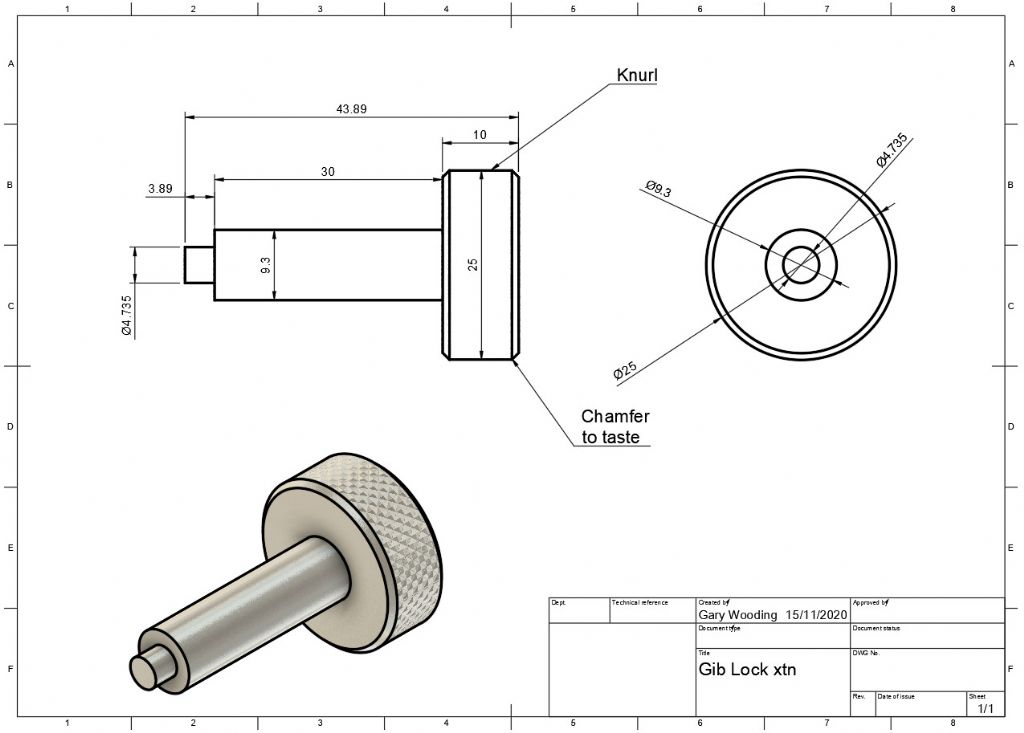Posted by William Ayerst on 01/08/2021 20:54:11:
Also, after trying to eyeball the centre of a piece of square bar with scribe marks and a needle-point wiggler and failing three times in a row to find the actual centre, I may be starting to understand the push towards a DRO …
I'm a bit jealous of the fun William is having learning with his new toys! You can't say the process isn't interesting, but like magic tricks, finding out how it's done is an anti-climax, and then the task is just business as usual. Don't worry, next stage is making things accurately from someone else's plan, and beyond that is developing your own designs. There's always more to learn, and 3D CAD fills hours when the workshop is too hot or too cold.
Putting a DRO on a milling machine is a no-brainer, at least on the table. DRO transforms the machine, for example by eliminating the need to carry backlash correction and to carry 'how many turns' in your head. If a DRO is affordable, get one straight away.
With a DRO I rarely use anything other than a cylindrical edge finder and a needle wiggler on my mill. Cylindrical edge finders are easier to use than other types. I use it to locate a reference from two edges, and then work from that with the DRO. (Checking it often against other references.)
More often than not my needle wiggler is a dressmakers pin (a large pin with a plastic ball on the blunt end) and a blob of plasticine rather than the manufactured item. It's mostly used with a loupe to locate crossed lines or a centre-pop when no edge reference is available.
The accuracy of metal stock varies. Black Mild-steel is crudely untrustworthy. Bright mild-steel is much better, but varies between different strips, so check it. Not unusual for round rod to be a Reuleaux polygon (like a 50p coin) rather than truly circular. And I have some ¼" square rod that's actually a parallelogram. Ground stock is best for off the shelf accuracy, but expensive. Though Bright MIld Steel is usually 'good enough', a common first operation when milling is to start by cutting a reference surface rather than trust stock straight out of the box: if it doesn't have a reliable surface, cut one!
Dave
William Ayerst.











